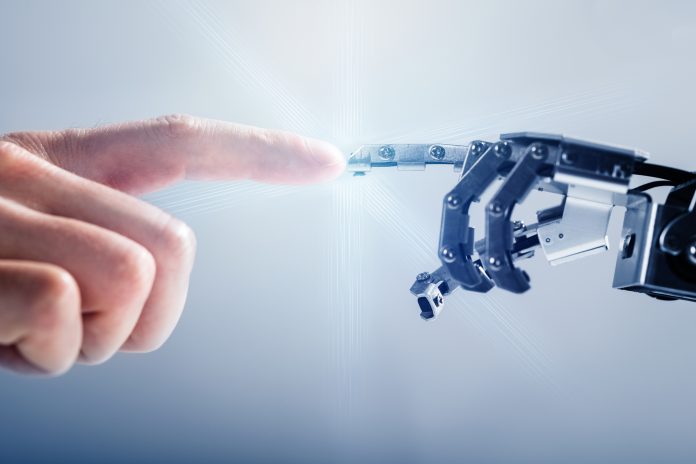Technology can help improve the social care industry in many ways, but there is still hesitancy towards adopting artificial intelligence (AI) and robotics
Matt Hancock has once again called for the NHS to adopt new technology in order to survive, as a new report by the Taxpayers Alliance suggests one-tenth of the NHS budget could be saved by automating more services.
As the population ages, the demand for high-quality carers rises. By 2026 it’s predicted that the UK will need around 420,000 more carers, but with the current vacancy rate high and the amount of those showing interest in the care sector diminishing, it’s important that technology is utilised in order to help fill the gaps and provide the best social care possible. IoT, AI, and robotics can all play a part in improving client care and carer well-being.
IoT sensors can unassumingly monitor movement, normal behaviours, humidity, and temperature across a home enabling a care organisation to rapidly gain a picture of each individual’s day to day routine – information that is then key to flagging changes which could reveal a problem.
These AI based tools arm carers with better information and enable them to intervene at the right time and create a care programme that best suits the needs of the individual. This information also provides a platform for the end to end digitisation of healthcare, co-ordinating the ecosystem of local authorities, healthcare providers, NHS Trusts, GPs, registered nurses and care homes, inspiring a more proactive and interlinked approach to care.
Robotics are in their infancy in the social care sector in this country, but they are making significant inroads in other locations such as Japan, where care bots are prominent in Tokyo’s Shin-tomi nursing home.
The UK is yet to fully embrace these technologies, most likely due to budget restrictions, but when combined with IoT sensors the devices add an extra level of security to at home care and can even serve as interim companions between carer visits. They can give prompts to the individual, help them complete tasks with step by step instructions, play games with them and even connect them via video calls with their families.
By leveraging technologies such as IoT, AI, and robotics, carers will be empowered to deliver more personalised care programmes and able to react faster to any warning signs.
In order to save time on reporting these visits, carers could also utilise an easy-to-use app, reducing the time spent on admin and allowing them to provide more detailed reports via voice recognition. These adjustments won’t just have a positive impact on the clients and their families, it will also improve the working lives of carers and help the NHS meet the rising demands and expectations.
Helen Dempster
Chief Visionary Officer











